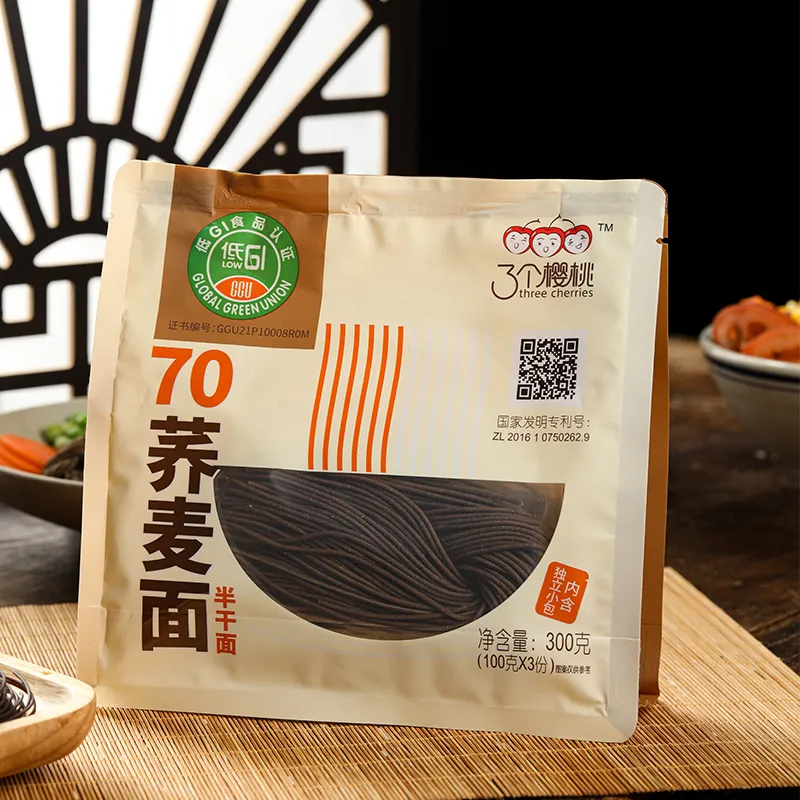japanese instant noodles
The Phenomenon of Japanese Instant Noodles A Culinary Icon
Japanese instant noodles have transcended their humble beginnings to become a global culinary phenomenon. Originating from the innovative mind of Momofuku Ando, who founded Nissin Foods in 1958, instant noodles were first introduced to the world as a convenient meal option that could be prepared in minutes. Today, they embody a unique blend of tradition, flavor, and modernity while earning a special place in the hearts—and stomachs—of millions around the world.
Origins and Evolution
The invention of instant noodles was a response to the post-war food shortages in Japan. Ando's aim was to create a product that was not only easy to prepare but also affordable and capable of feeding the masses. His breakthrough came with the introduction of Chikin Ramen, which set the stage for a new industry. As consumer demand grew, so did the variety of flavors and styles available. From traditional tonkotsu (pork bone broth) to the spicy miso varieties, Japanese instant noodles boast a flavor spectrum that caters to diverse palates.
Culinary Artistry and Innovation
What sets Japanese instant noodles apart from others is the meticulous attention to detail and quality that goes into their production. Unlike many mass-produced noodles found in other regions, Japanese brands prioritize authentic taste and experience. The textures of the noodles—whether they are thin, thick, straight, or curly—are engineered to provide the perfect bite, while the accompanying broth packets offer rich and complex flavors that mimic the experience of eating freshly made ramen. Moreover, the inclusion of freeze-dried vegetables and proteins allows consumers to add a touch of freshness to their quick meal.
Japanese manufacturers continuously innovate, experimenting with limited-edition flavors that attract attention and intrigue. Seasonal offerings such as Sakura Shrimp Ramen during spring or spicy flavors during summer are frequently released, reflecting regional ingredients and the changing seasons. This approach not only satisfies local consumer preferences but also intrigues international markets.
Cultural Significance
japanese instant noodles

In Japan, instant noodles are not merely a convenience food; they possess a significant cultural identity. They feature prominently in the nation’s pop culture, including anime, television shows, and even art. Furthermore, many Japanese people have nostalgic ties to instant noodle dishes, often recalling their childhood experiences with them. This emotional connection has solidified instant noodles as a staple in Japanese households, consumable at any time of day—whether for breakfast, lunch, or a late-night snack.
Moreover, instant noodles also act as a conduit for Japanese culture internationally. As they’re marketed globally, flavors such as Shoyu (soy sauce) and Tonkotsu are introduced to new audiences, fostering a greater appreciation for Japanese cuisine. Travelers often seek out instant noodles as a gastronomic souvenir, and they are frequently featured in international food blogs and social media, enhancing their status as a cultural export.
Global Reach and Adaptation
The popularity of Japanese instant noodles has sparked a global phenomenon. After tasting their unique flavors, many international brands have started producing their versions, often attempting to capture the essence of Japanese techniques while infusing local touches. In countries like South Korea and China, instant noodles have taken on a life of their own, leading to intense market competition that influences trends worldwide.
In the midst of a fast-paced lifestyle, Japanese instant noodles offer an oasis of culinary creativity, convenience, and comfort. With the ability to be enjoyed straight from the packet or garnished with fresh ingredients, they promise an accessible yet indulgent dining experience.
Conclusion
In summary, Japanese instant noodles have fused tradition with modern convenience, becoming symbols of innovation, culture, and globalization. From their invention to their status as a beloved global dish, they invite culinary exploration and foster a connection between people of different backgrounds through a simple, yet delicious bowl of noodles. As their popularity continues to surge, they promise to remain a staple in kitchens around the world for years to come.
-
Unleash Your Inner Chef with Delectable Italian Pasta CreationsNewsAug.01,2025
-
Savor Health and Flavor: Irresistible Soba Noodles for Sale Await!NewsAug.01,2025
-
Nourish Your Body with Premium Organic Ramen - A Culinary Delight AwaitsNewsAug.01,2025
-
Elevate Your Dishes with Our Exquisite Kinds of Egg NoodlesNewsAug.01,2025
-
Dive into Flavorful Convenience with Our Ramen OfferingsNewsAug.01,2025
-
Discover Exquisite Types of Naengmyeon and Chilled Soba NoodlesNewsAug.01,2025
-
Is Whole Wheat Pasta Healthy?NewsMay.30,2025
Browse qua the following product new the we

















































































































